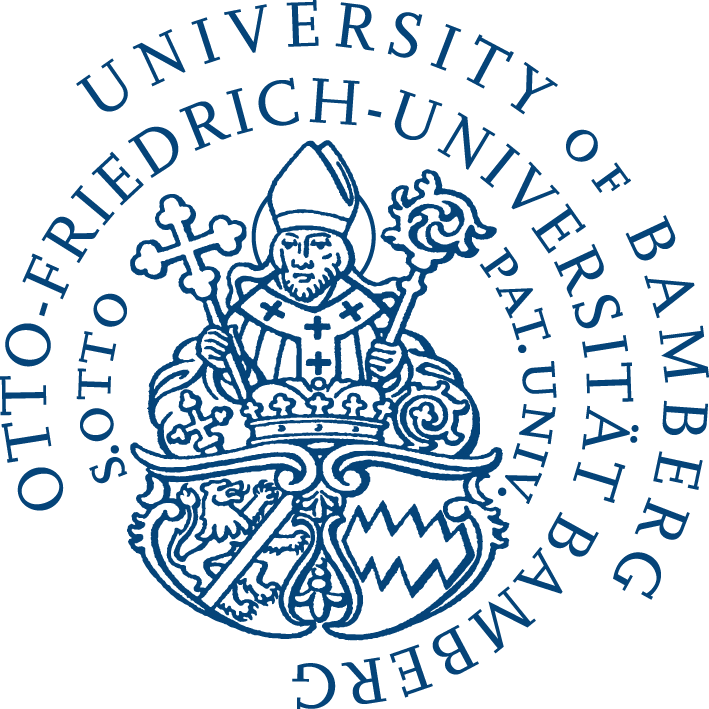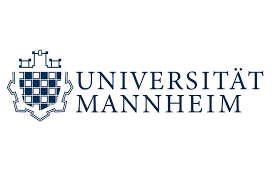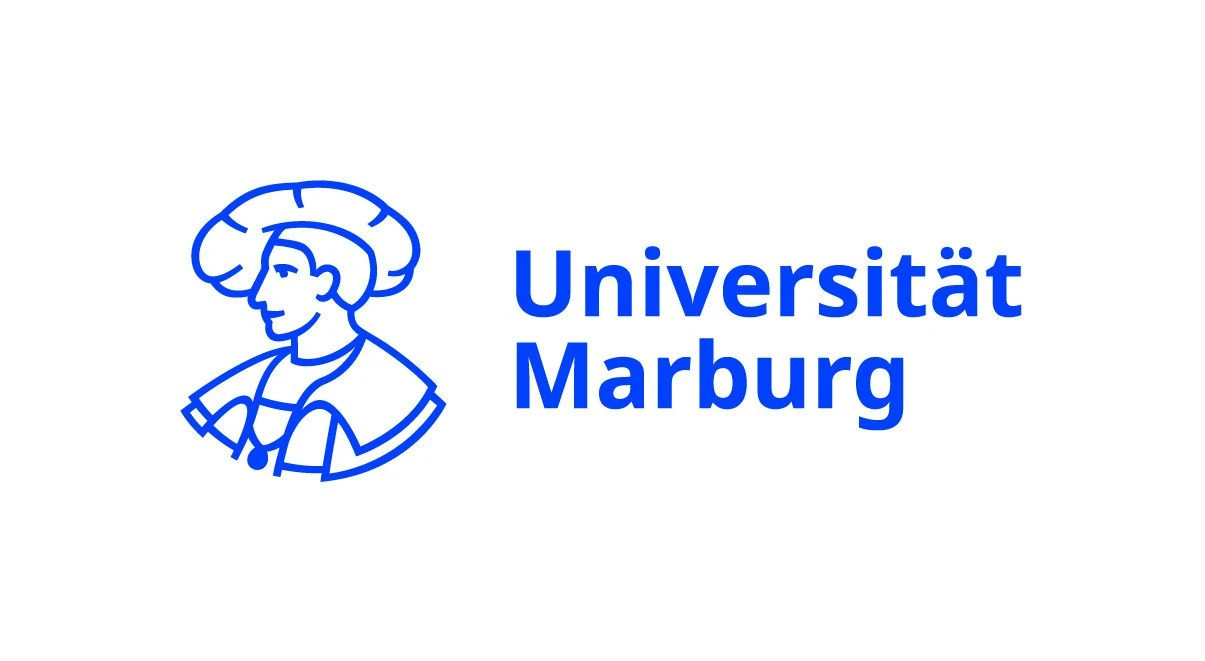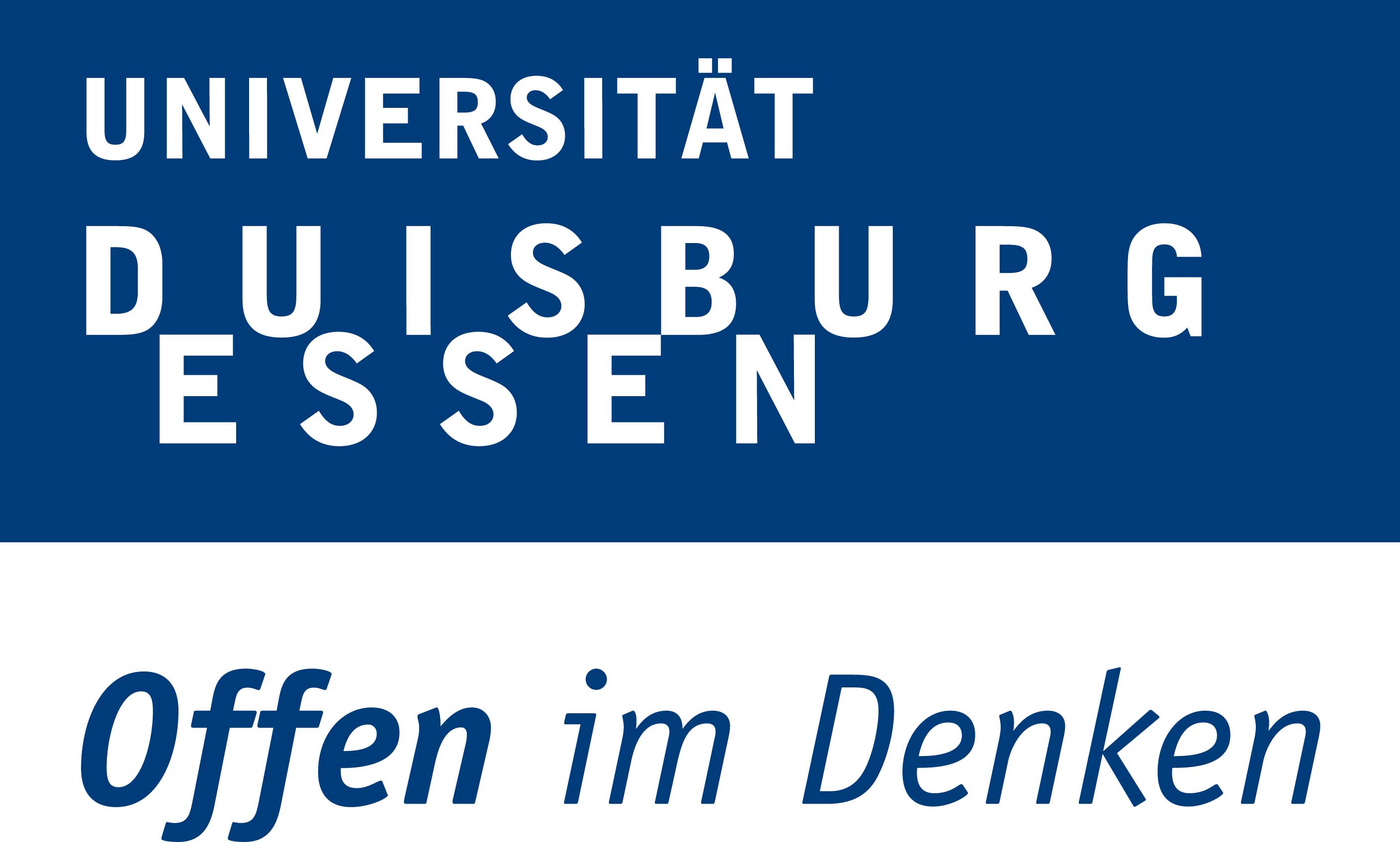Report on Russia’s social policy response to Covid-19: Focus on families, with overall scope being inadequate
Anna Tarasenkos report covers the pandemic period until October 2020. The main social benefits and unplanned budget spending were introduced by presidential and government decrees, demonstrating the high level of centralization in decision-making in Russia, Tarasenko states.
The dominant government response was the support of families with children. The cash benefits were dependent on the children’s age and only in some cases on the family income. Although families with children were prioritized by the government, the assistance was not sufficient to avoid increasing poverty: The poverty rate for families with children grew from 21–26% before the pandemic to 31–35% during the pandemic.
The second and third prominent groups that became entitled to assistance were frontline healthcare workers involved in the care of Covid-19 patients, and social workers. The amount of the cash payments was depending on the qualification level of the employees, with doctors receiving the most. There were other beneficiaries too, including pensioners and workers at private companies. Additionally, the minimum unemployment benefit was increased. Three groups were left behind by the support measures, Tarasenko writes: labour migrants, informal-sector workers and rural populations.
Taking a look at the entire picture, Tarasenko concludes that the “long-existing principle of categorizing various groups of beneficiaries who are eligible for different levels of state support persists … [This p]ersistence of categorical welfare provision inhibits the development of means-testing. Prioritizing one category of beneficiaries over others for not straightforward reason, the government fails to target citizens who are indeed in need of support.” One reason for prioritizing the support for families with children during the pandemic, Tarasenko argues, is the aim to achieve demographic growth in Russia. This was part of the presidential political agenda for a long time.
In total, Russia’s social policy expenditure was increased only by 0.6% compared with 2019, Tarasenko writes, concluding: “The overall scope of Russia’s social policy response is inadequate. The focus on temporary measures and the absence of additional measures during the recent autumn rise of Covid-19 cases show the government’s underestimation of the long-term social consequences of the pandemic.”
Read Anna Tarasenko’s full report, including the appendix listing all social policy developments in response to Covid-19: Russia’s Social Policy Response to Covid-19: Temporary and Categorized Benefits
See the other parts of the series: CRC 1342 Covid-19 Social Policy Response Series














